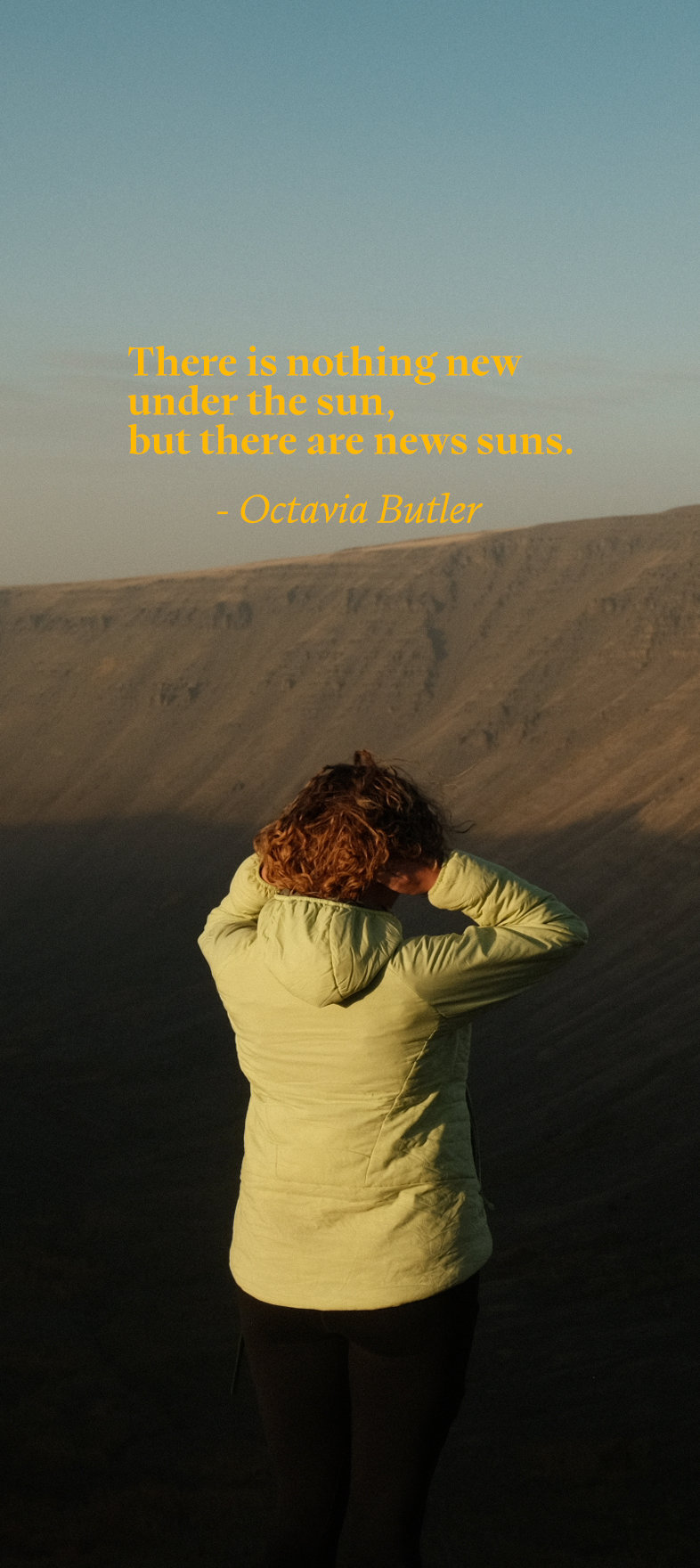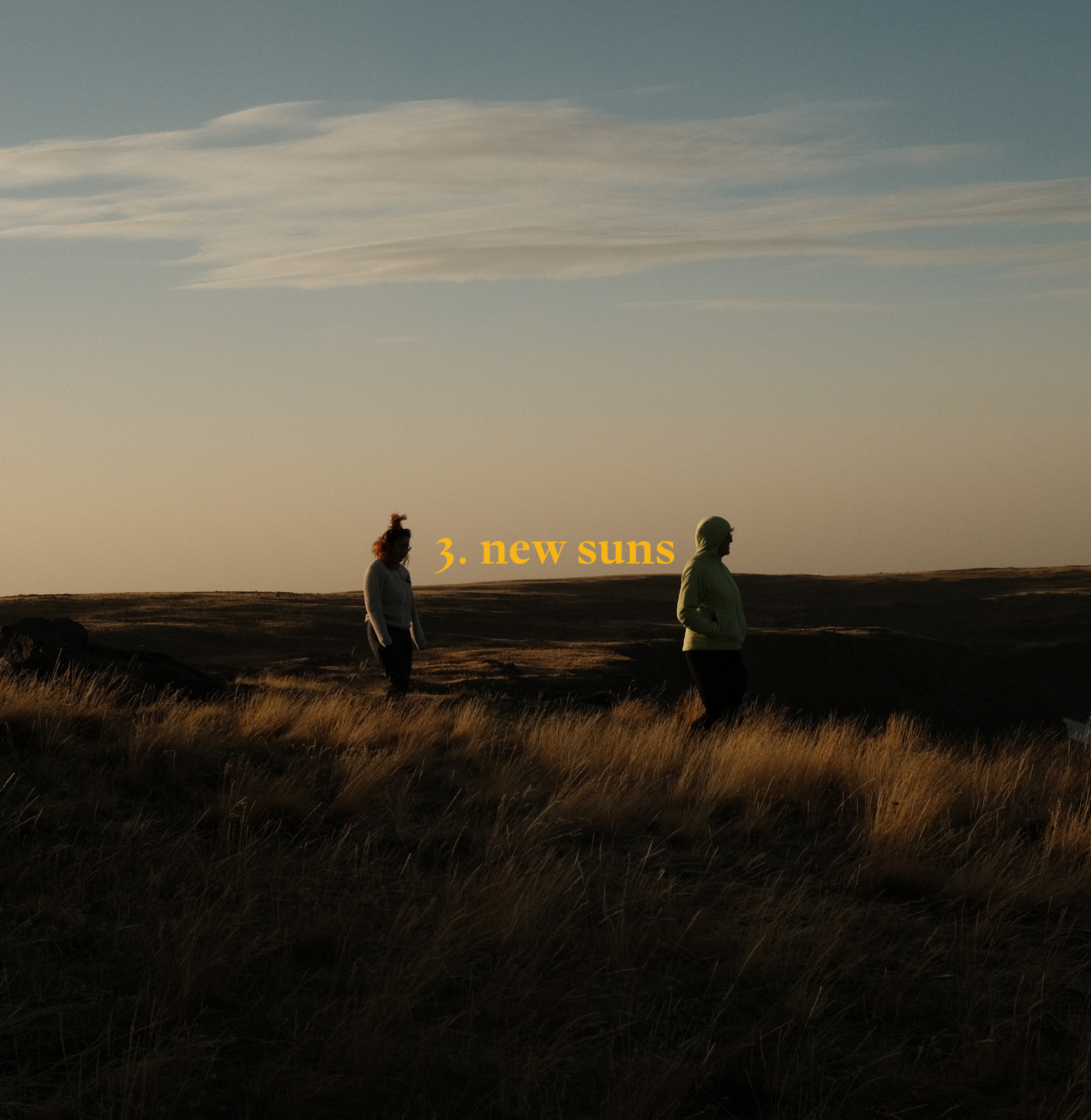

Fields, Oregon is an unincorporated community of 120 people centered around a single, family-owned store selling milkshakes, burgers and gas: Fields Station. It sits in Harney, one of the state's largest and most sparsely populated counties. Fields is a 7 hour drive from Portland in an area sometimes called Greater Idaho. A designation that redraws old borders to fit smartly around modern political lines. It is a good name, summarizing succinctly that Boise, a paltry 4 hours by way of the two-lane interstate, has much more in common with Fields and its 2-room school house. Has more in common with all the other cattle settlements & rust towns dispersed in Harney than their own sibling cities.

The economic gravity of the town is centered on its proximity to Steen Mountain and the Alvord Desert playa, 60 and 20 miles due north respectively. We had come all this way to see them, in celebration of Maureen's 10-years lived in Oregon — having crossed the weighty line that allows you to go from living somewhere to being from there. People like us pass through Fields.

The type to sip milkshakes at the station, be bemused by its magpies, and wonder what it is really like to live out here—before we're on our way to whatever it was we're doing here. Our minds hurrying us to hikes or hot springs might pause a second at the door to our car, crunching gravel under heel to look back at the small collection of Field's buildings huddled tight under its windbreak of tired trees before getting in. You might ponder for a minute, why in such a big open place everyone crowded so close together. Each building right up against the next in contempt of all that empty space, going on and on.

When I first heard of it, I imagined the Alvord Desert the way I've seen deserts in the movies—full of undulating dunes. I wasn't disappointed to learn that the Alvord is instead a sprawling dry lake bed. A salt flat. A place that's been the setting for two women's landspeed records. It sits up against the foot of Steen Mountain from whose top you can take in the whole of shape of it..

Kite bikes drift placidly across the flat of its surface and I am reminded of the skimming of waterbugs. I drive the van in a turn that feels like it could loop forever and try to guess what the different hazy shapes are on the horizon before they resolve into trucks, RVs or nothing. When we stop we wonder over the way the clay cracks its surface into puzzle pieces smoothed and shiny.

Ten years is a long time to be in a place. Ten years doesn't feel like much time at all, especially to see all the strangeness that's tucked away in Oregon. Where will I want to go when it's my turn?